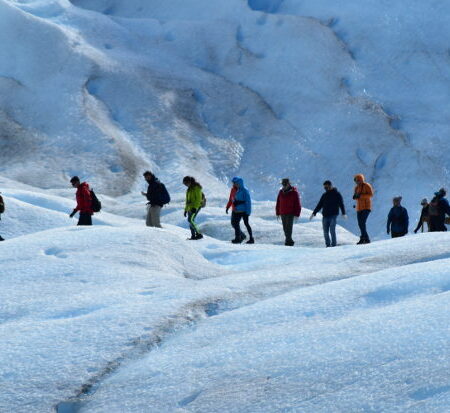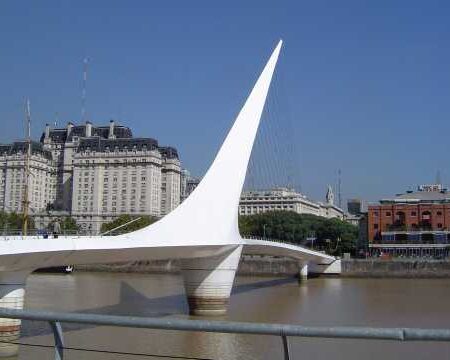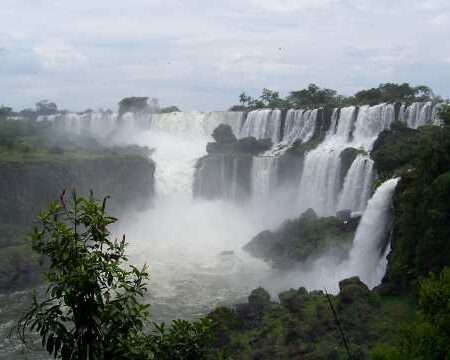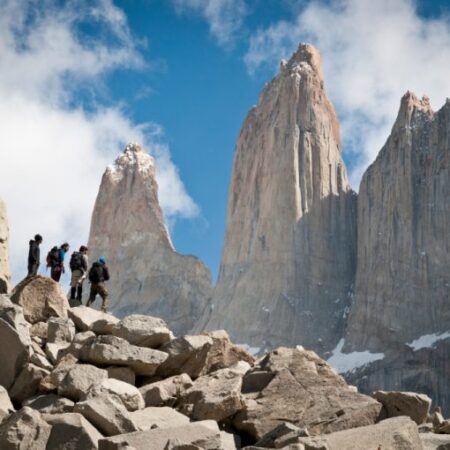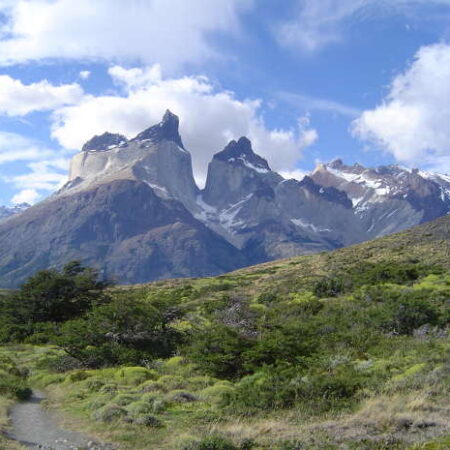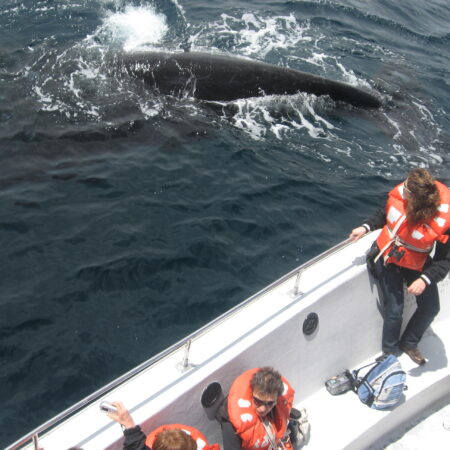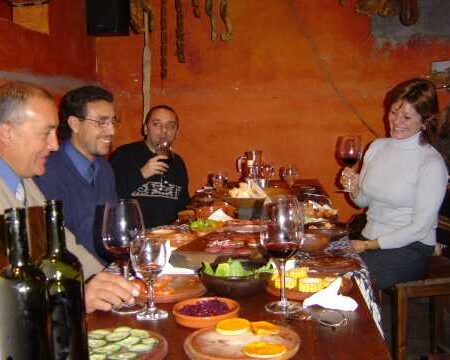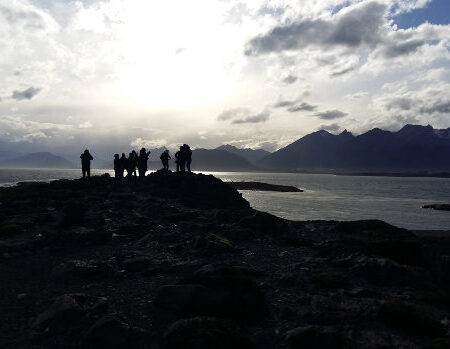There are almost no records of the beginnings of tango in 1880, except for those in some scores from later years that had naughty titles. They were instrumental writings for piano that had no lyrics.
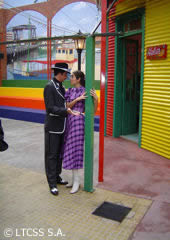 They were tinged with sexual connotations given by their titles that addressed sex in a vulgar and obscene way and that referred to “those” parts of the body related to the sex act. This songs were played in academies, as the dating houses were called. They had playful and upbeat characteristics but they were primary and had no musical significance. On the other hand, they show us the starting point of a genre that would change its profile completely.
They were tinged with sexual connotations given by their titles that addressed sex in a vulgar and obscene way and that referred to “those” parts of the body related to the sex act. This songs were played in academies, as the dating houses were called. They had playful and upbeat characteristics but they were primary and had no musical significance. On the other hand, they show us the starting point of a genre that would change its profile completely.
In the beginnings of 1890, songs with a simple structure, melody and rhythm appear when the 2 by 4 style starts to develop. Ángel Villoldo, who is regarded as Tango’s father, develops his work that included songs as “El choclo”, “El Porteñito” and “La morocha”.
A generation of composers that created what history considers to be the oldest tangos emerges: “El entrerriano” by Mendizábal and songs by Arolas, Ponzio, Greco and Bardi, among others.
This is almost a convergence point where the city and the outskirts merge and enrich, thus there is a noticeable influence of milongas from the suburbs and the criollo style in that period.
Tango and the “porteño” identity
Tango’s evolution is linked to the boost of the city of Buenos Aires between the years 1910 and 1920 when it became an important urban center. It’s unique characteristics as its original Corrientes avenue that was full of coffee-houses, cinemas and theatres gave life and personality to a porteño identity that consolidated with a tango rhythm.
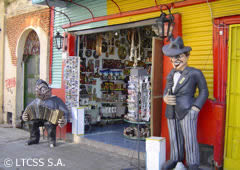 In 1917 “Mi noche triste” (My sad night) appears, the first tango song that defined the genre forever when Pascual Contursi put lyrics to Samuel Castriota’s music and Carlos Gardel sang it, making it a starting point of what tango would be thereon, showing the world how it was supposed to be sang and telling that “three-minute-story”.
In 1917 “Mi noche triste” (My sad night) appears, the first tango song that defined the genre forever when Pascual Contursi put lyrics to Samuel Castriota’s music and Carlos Gardel sang it, making it a starting point of what tango would be thereon, showing the world how it was supposed to be sang and telling that “three-minute-story”.
The lyrics take a poetic approach and naughty words are replaced by melancholy and a bare feeling. Music also evolves, acquiring shades and colors that seem to be the product of the eternal nostalgia of the immigrants and of the criollo who regret what he has lost and what could have been.
The first music groups were guitar, flute and violin threesomes; three instruments that were easy to carry. In the XXth Century the piano is added to these groups. In that time, the piano was “the” instrument that could be found at any place, and of course in dance rooms.
The bandoneón (a kind of accordion) appears several years later and despite its German roots (and the use of it for religious music) stays forever in the Rio de la Plata, giving the city of Buenos Aires a music of its own and making it “the soul of tango”, with its asthmatic and melancholic chords.

